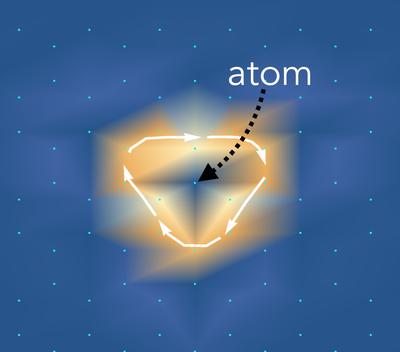Waveguide QED
Modifying the electromagnetic field can deeply affect atom-photon interactions, leading to spectacular effects such as the emission and full reabsorption of a photon in a cavity, a longstanding effect of quantum optics. Current technology, e.g. through fabrication of arrays of coupled cavities, today allows to constrain the field within structures of unprecedented geometry such as waveguides or 2D lattices. Also, artificial atoms interacting non-locally with the field are now available in the lab, which breaks the traditional electric dipole approximation. These developments are opening up an entirely new chapter of quantum optics with both fundamental and applicative implications, concerning in particular the implementation of quantum information processing tasks. Currently, at Qunipa we are especially interested in unveiling unprecedented atom-photon interactions phenomena that occur in electromagnetic environments with tailored topological and/or non-Hermitian properties, whose experimental observation is yet within reach or not far-fetched with current setups. (Picture: atom dressed by an orbiting photon in the photonic Haldane model)
